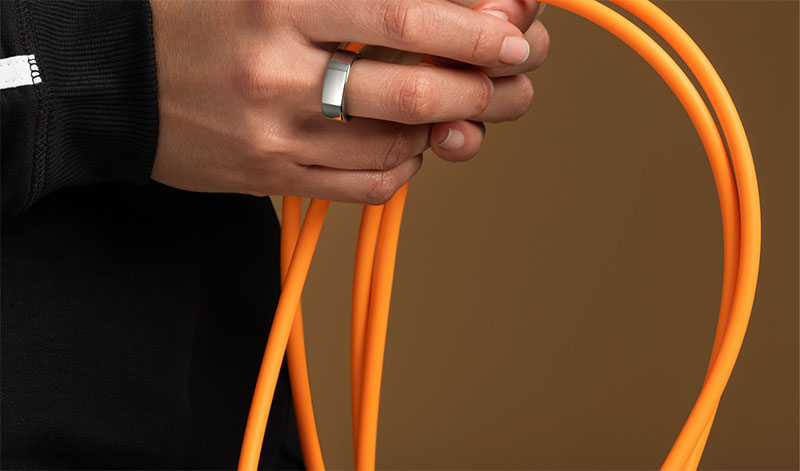Baton Rouge, Louisiana-based Luba Workers’ Comp is exploring the use of wearable technology in the workplace. Kelli Bondy Troutman, senior vice-president and director of communications at LUBA Workers’ Comp purchased an Oura Ring to explore up close and personal the use of wearable technology in the workplace. Oura, a Finnish health technology company, manufactures Oura smart rings, which track the users’ sleep and physical activities, reports Mississippi Business Journal.
“I’ve personally been able to measure my sleep, attentiveness, and activity which has made me more aware of my state of mind,” said Troutman. “Anytime you lose focus and readiness, the likelihood of an accident increases. Right now, particularly with the added stress and disruption due to the pandemic, it’s becoming more and more prevalent in the workplace.”
Read more How Wearables Will Make Workplaces of the Future More Distributed and Networked
According to National Compensation Council data, the most common workplace lost-time claims are strains or injuries resulting from lifting, push or pull, as well as falls, slips, and trips. The most common body parts injured are the lower back, knee, shoulder, and fingers. Head injuries represent the most severe category.
The reason Troutman is exploring Oura ring is that she and her colleagues believe smart wearables can prevent injuries, keep aging workers on the job longer, reduce the threat of automation, measure environmental hazards and relay safety data to employers.
“Wearables can reduce these risks in many of those cases,” Troutman said. “For example, the “Hearable” is a health monitor worn in the ear to monitor body temperature, sweat rate and sodium levels to prevent heat exhaustion and heat stroke.”

“These devices are not unlike any other piece of safety equipment, such as hard hats or gloves. The difference is the technology.”
Smart wearables also can assist with return to work, Troutman said.
According to Troutman, there are two types of wearables: passive and active.
Passive wearables include smartwatches or any device that monitors environmental factors.
Active wearables enhance a worker’s ability to complete a particular task, such as exoskeletons, which allow workers to lift heavy objects without straining their backs.
Read more Wearables Make Workplaces Safer, A Long Running Study Confirms
“One of the most important goals in workers’ comp is to prevent an injury before it occurs,” Troutman said. “If wearables can identify and mitigate risks – before a worker is injured – it could transform the world of loss control and most importantly, transform the lives of workers.”
Recognized as a regional carrier, LUBA covers over 157,000 workers across 4,000 policies with more than $80 million in direct written premiums.












